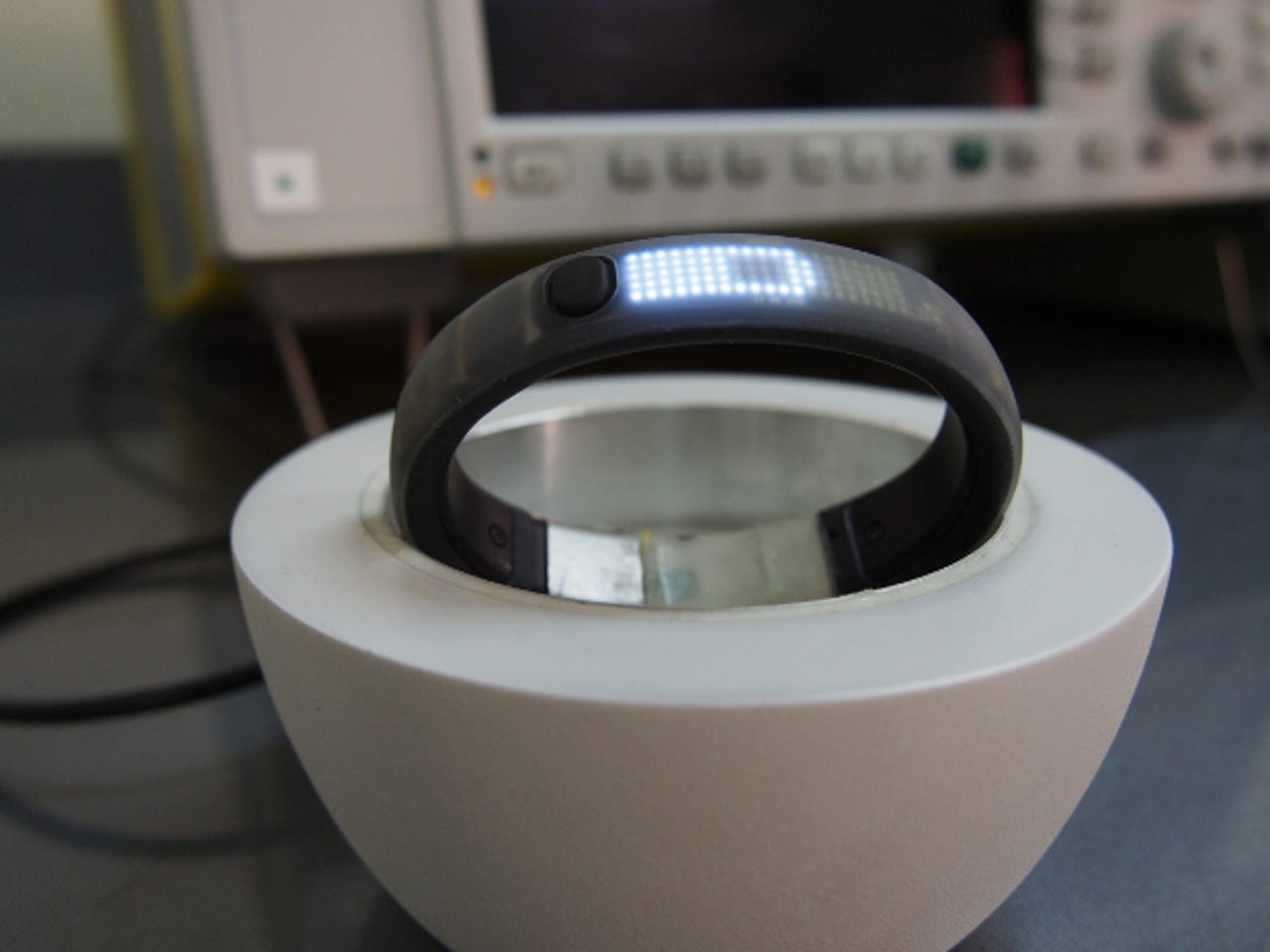Keeping the promise of wireless charging


Wireless charging is a promise yet to be kept.
For several years, hardware makers have been talking about how we'll be able to wirelessly charge our devices anywhere, cutting the very last cord. Yet, while there are several smartphone models and a few concept devices that use it, wireless charging is yet to become a widespread phenomenon.
Israeli startup Humavox is targeting the wireless charging needs of the next generation of mobile computing: wearable devices — earpieces, wristbands, smartwatches, and smartglasses, all operating alongside our smartphones.
Founded in 2010, Humavox is developing a smart wireless charging product designed to be agnostic of devices' shape. Unlike other wireless charging products that use magnetic induction or resonance, Humavox's is based on transferring electricity through radio waves (RF to RF) and doesn't need very close proximity or a flat charging surface to work.
Omri Lachman, Humavox's co-founder and CEO, explains the company's philosophy: "Humavox, at its core, is a company that looks at user experience. You tell me that there is a surface I need to put my smartphone on to charge it? That's great — but I constantly interact with it, I keep picking it up, I get a text message, I peek at an email at 3am... what am I supposed to do?
"So when we started brainstorming, myself from a user experience level and Asaf [Humavox's co-founder and CTO] from a technological outlook, we started thinking about delivering current through radio waves. The first thing is, we are here to solve the usability issue. We do not dare ask the user to do anything.
"It started out from our looking at how users interact with their wearable devices, such as the hearing impaired, who take out their hearing aid at night at put it in its original box. We decided we want to imitate that action; we want to do the same. From there, we came to realize that that action is suitable for any device."
Humavox has demoed two concept devices using its system: a wireless charging bowl, and a box that the company calls Zippo because its shape resembles the famous lighter.
The demo shows how a hacked Nike Fuelband, which has been modified to include Humavox's ThunderLink receiver, can be dropped casually into the bowl or the box, both of which are being fed by a USB cable. In a few seconds, the Fuelband lights up and begins to charge, even when it's placed on the rim of the bowl.
Humavox's wireless charging platform, known as ETERNA, consists of two pieces: NEST, Humavox's smart charging station (for the concept devices, the bowl and the Zippo are the charging stations; in the future, the stations could be a small basket, or other form factors that can contain multiple devices) which acts as the transmitter. ThunderLink, a small chip that integrates into the devices' PMIC (power management integrated circuit), is the receiver.
However, Humavox is not looking to become a hardware maker itself. Lachman is targeting device manufacturers and semiconductor OEMs.
"Without giving any specific names," Lachman says, "we are hearing from the companies whom we work with that on the integration side that the process electronics manufacturers have to go through to integrate wireless charging isn't viable. Their engineering costs have crossed the line of impossibility. We know of tier one companies that abandoned inductive charging or magnetic resonance because it will never happen."
Humavox is pitching its product on three sides: that it's simple to use, and therefore user friendly; it transfers energy more efficiently than magnetic induction charging; and it's low cost — handy given the electronics manufacturers that include wireless charging in the devices are unlikely to charge extra for the feature.
Humavox has decided to go with a simple integration product — "keeping it flexible", Lachman says, adding that in one demonstration, the company hacked a new device to integrate Humavox's chip in an hour. The ThunderLink receiver is "jumping" in the middle, between the USB charging cable and the PMIC, presenting itself to the PMIC as the supplier of current, just like the USB cable.
"If you want to do a cleaner integration," Lachman says, "you can take our unit and put it in a single package with the PMIC — an integrated unit is only 2mm squared wide."
Humavox is already working with a well-known semiconductor company, according to Lachman, and the partnership is set to be announced soon. Including Humavox's offering in the company's chips a win-win situation, Lachman says: "You will already be getting wireless charging by default."